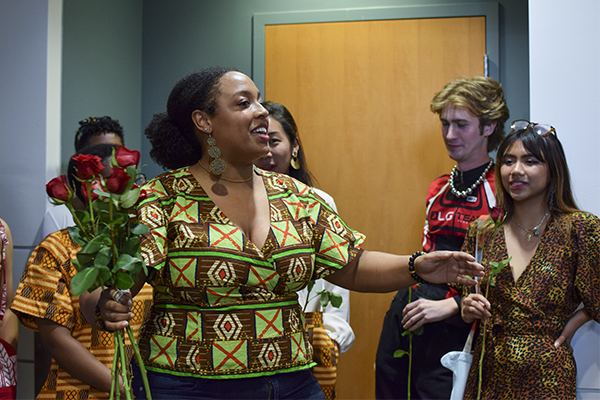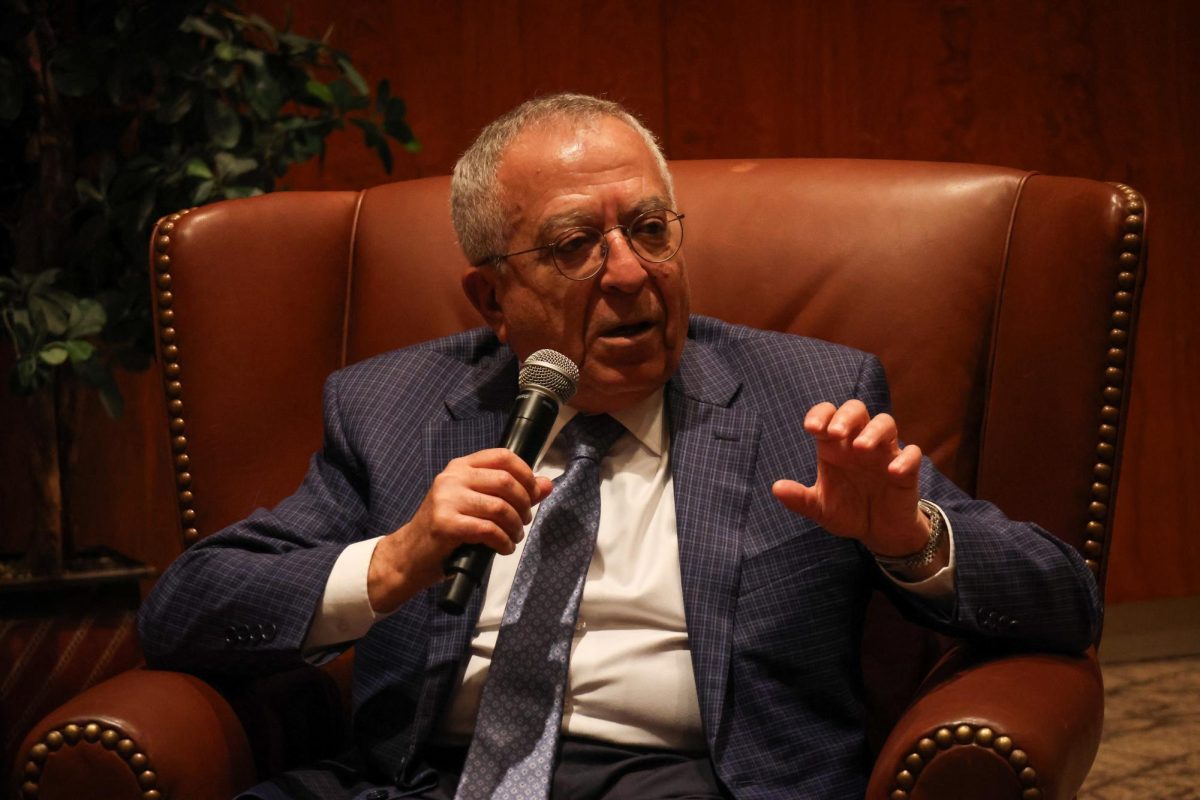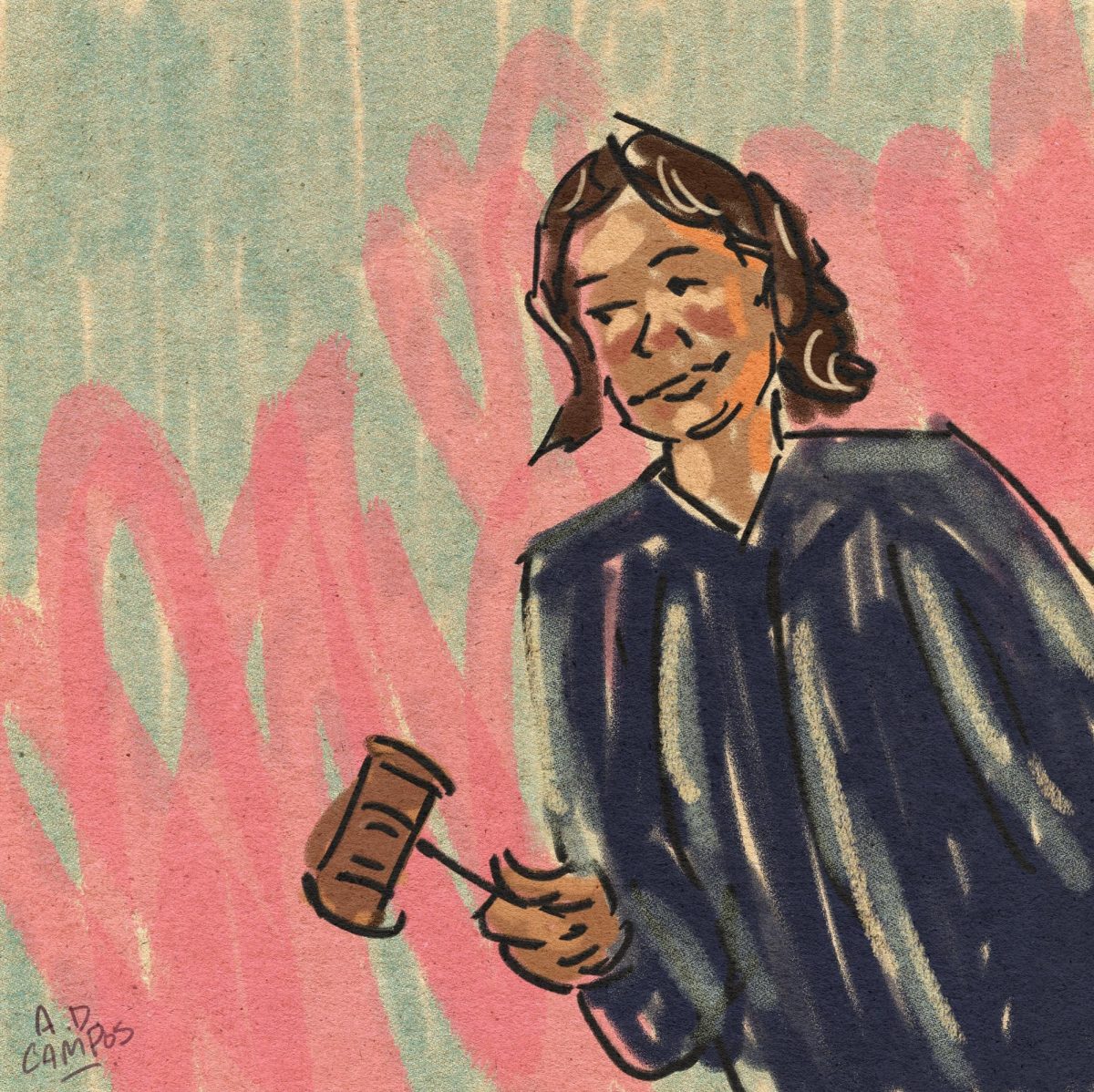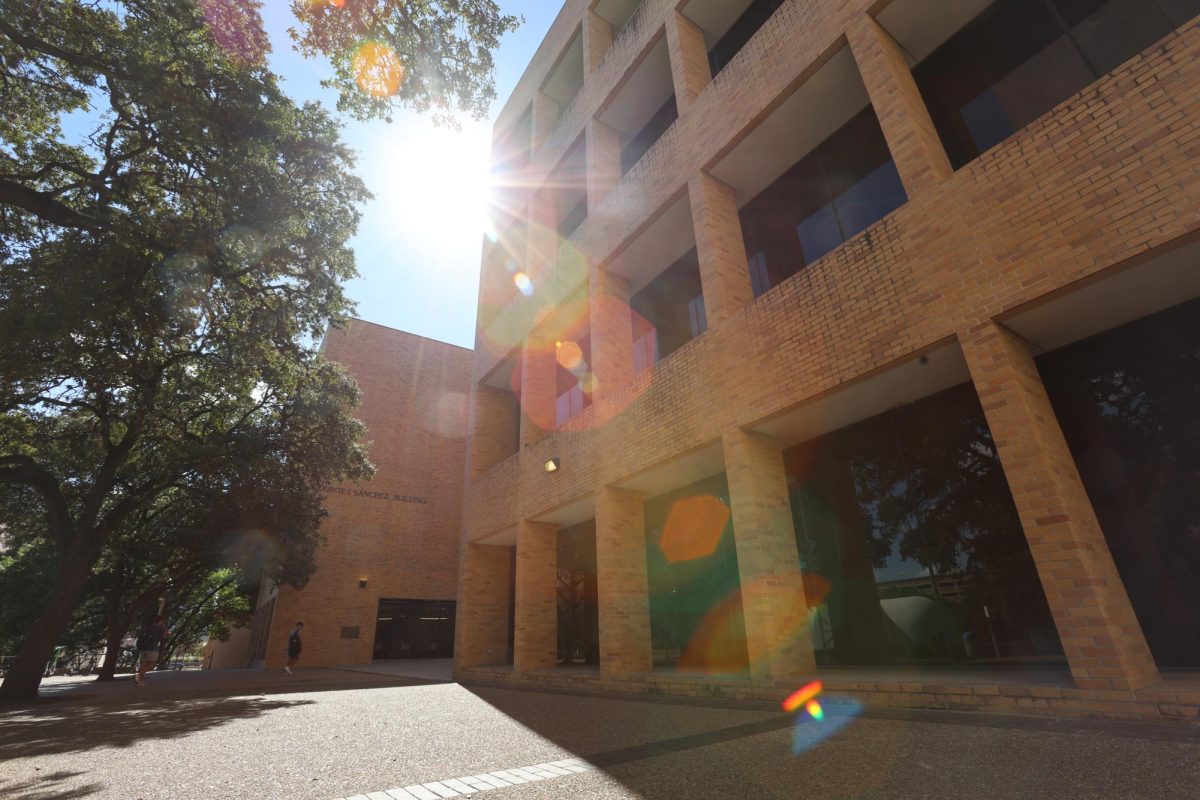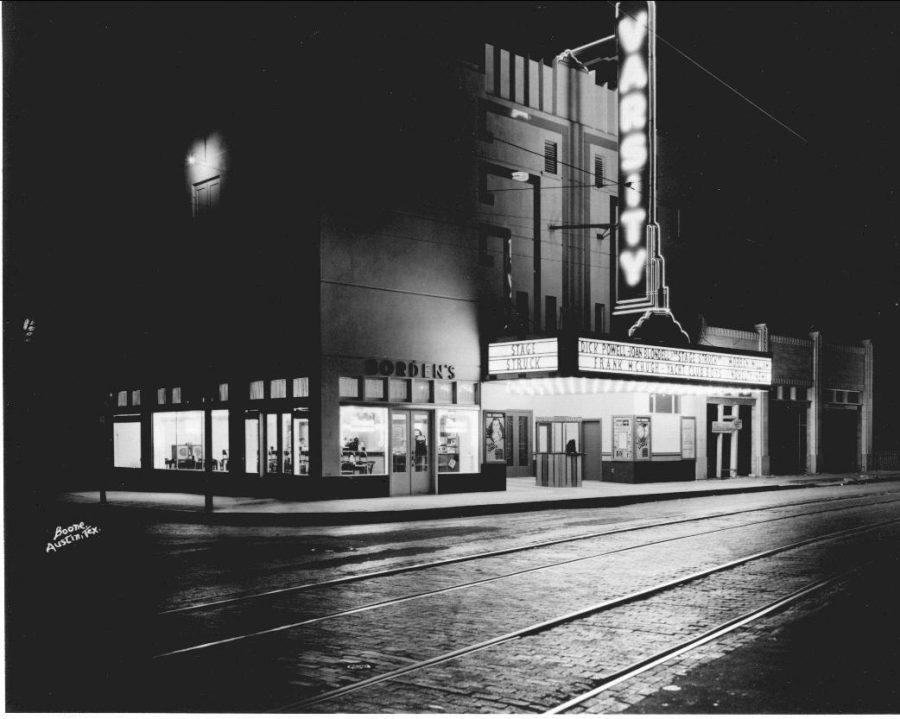With culturally significant objects like eyelid tape and hair perm products on display, the Museum of Color illustrated the complex nature of colorism during its opening on Saturday.
The Museum of Color is an engagement effort and exhibtion by student-led research collective The Color Complex to help educate the public on the implications of colorism, which can negatively affect people of color. The exhibit featured interactive art and objects with personal narratives centered around the themes of beauty, colorism and racism. The exhibit will be located in the William C. Powers, Jr. Student Activity Center room 2.304 until March 12..
Christina Cho, member of The Color Complex, said she believes colorism affects communities across the world, including the UT community.
“Colorism is the preferential treatment for people with more Eurocentric features — straighter hair, narrower nose, lighter skin, big eyes,” said Cho, an international relations and global studies senior. “As far as UT campus, there are our peers walking around that have probably been impacted by colorism that have maybe not even had a conversation about it.”
Part of the exhibit inluded an array of hair products, accompanied with a woman’s story about recognizing her hair’s beauty. Sidney Phillips, an international relations and global studies senior, said she shared a personal connection to this story.
“What kind of struck me was that (the artist) said that they didn’t see their natural hair until they were 15,” Phillips said. “That’s kind of relatable. I had permed my hair since I was probably 11, and I didn’t start wearing my natural hair until sophomore year of college.”
Phillips also said she appreciated The Color Complex’s desires to create conversation about colorism.
Another member of The Color Complex, exercise science senior Vida Nwadiei, said she hopes this exhibit can provide an unconventional way for people to better understand experiences lived by all types of people.
“For some people that knew (about colorism) but couldn’t define it, we really want to provide an opportunity and the drive for people to (change that),” Nwadiei said.
Electrical engineering junior Diana Shao said she felt personally drawn to the museum’s stories about Asian American women.
“In my life, I have these standards of beauty in my head that I don’t really know where they come from,” Shao said. “Now, I want to figure out where my own standards of beauty are, apart from what society tells me.”


